
Research
My recent book Creole Clay is the result of 25 years of Caribbean encounters with amazing local potters who work in heritage ceramic traditions in the region.
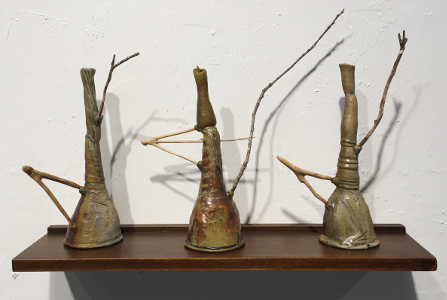
Studio
My studio work in ceramics ranges from functional tableware to mixed media installations, with a current focus on powerful inspirations from the natural world.
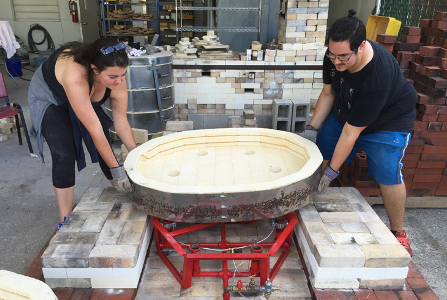
Teaching
Teaching is my core purpose, and I have been helping to build the Art Program at Florida Gulf Coast University in Fort Myers, Florida for 18 years.
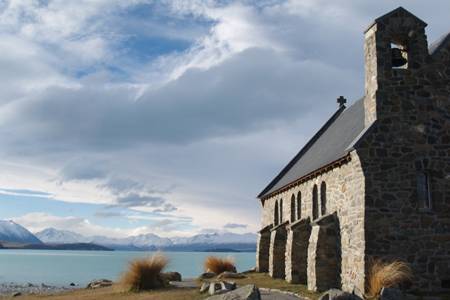
Travel
International travel has been, and continues to be, the defining cultural influence in my life. This section provides links to six travel blogs from 2008 – 2014.
About
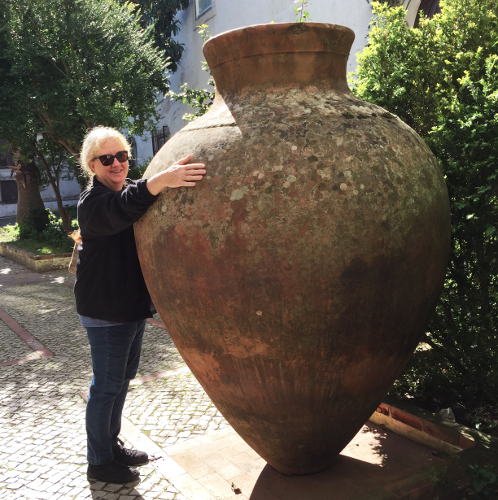
Patricia J. Fay
Professor of Art
Assistant Director, Bower School of Music & the Arts
Florida Gulf Coast University
10501 FGCU Blvd
Ft. Myers, FL 33965
Email: pfay@fgcu.edu
Office: 239-590-7229
2018 Patricia Fay CV
Research
For 25 years I have traveled throughout the Caribbean, building lasting relationships with local potters working in heritage traditions. My recent book Creole Clay is the result, and is dedicated to these wonderful women and men. For insight on my research process, visit the blog I wrote in 2013-2014 during my final tour of the region prior to writing the book.
Creole Clay: Heritage Ceramics in the Contemporary Caribbean
Patricia J. Fay
Beautifully illustrated with richly detailed photographs, this volume traces the living heritage of locally made pottery in the English-speaking Caribbean. Patricia Fay combines her own expertise in making ceramics with two decades of interviews, visits, and participant-observation in the region, providing a perspective that is technically informed and anthropologically rigorous. Through the analysis of ceramic methods, Fay reveals that the traditional skills of local potters in the Caribbean are inherited from diverse points of origin in Africa, Europe, India, and the Americas.
At the heart of the book is an in-depth discussion of the women potters of Choiseul, Saint Lucia, whose self-sufficient Creole lifestyle emerged in the nineteenth century following the emancipation of plantation slaves. Using methods inherited from Africa, production continues today as potters adapt heritage practice for new contexts. In Nevis, Antigua and Jamaica, related pottery traditions reveal skill sets derived from multiple West and Central African influences, and in the case of Jamaica, launched ceramics as a contemporary art form. In Barbados colonial wheel and kiln technologies imported from England are evident in the many productive clay studios on the island. In Trinidad Hindu ritual vessels are a key feature of a ceramic tradition that arrived with indentured labor from India, and in Guyana potters in both village and urban settings preserve indigenous Amerindian culture.
Fay emphasizes the integral role relationships between mothers and daughters play in the transmission of skills from generation to generation. Since most pottery produced is intended for domestic use as cooking pots, serving vessels, and for water storage, women have been key to sustaining these traditions. But Fay’s work also shows that these pots have value beyond their everyday usefulness. In the process of forming and firing, the diverse cultural heritage of the Caribbean becomes manifest, exemplifying the continuing encounter between old and new, local and global, and traditional and contemporary.
A volume in the series Latin American and Caribbean Arts and Culture, funded by the Andrew W. Mellon Foundation.
University Press of Florida, Gainesville, FL
Art/Caribbean & Latin American
December 2017
320 pp. | 8 x 10 | 122 color and 16 b/w photos, 9 maps
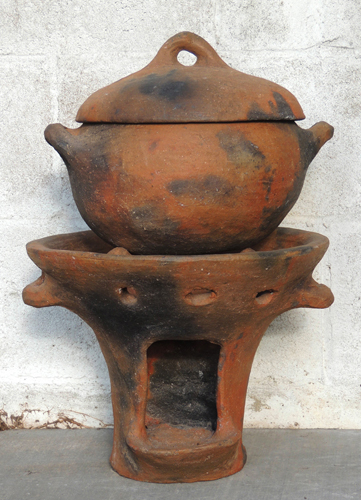
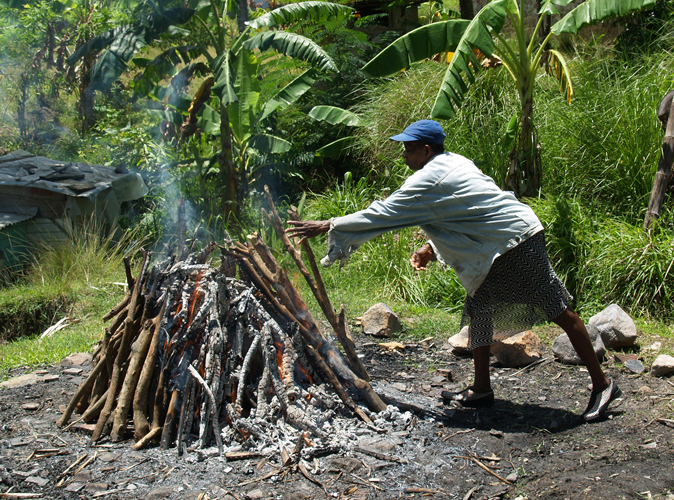
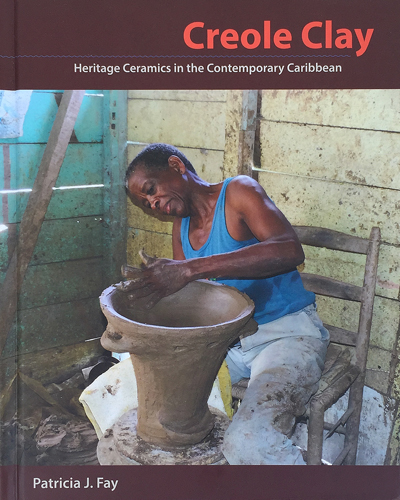

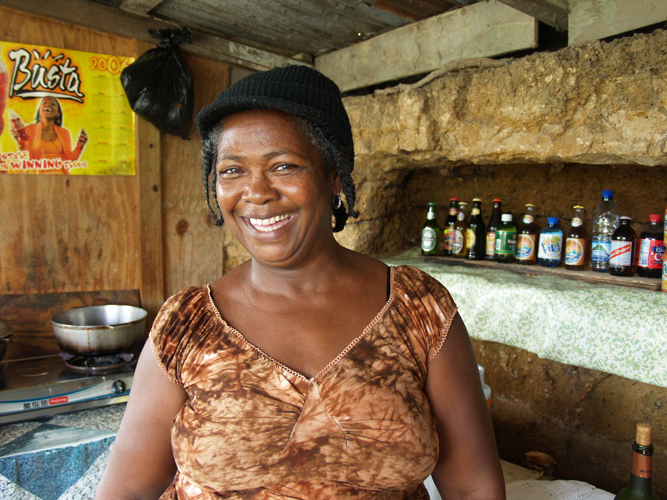
Studio

Ceramics is an extraordinary medium for storytelling; the clay records each mark and movement of the hand and mind, and whether sculptural or functional brings with it a profound tactile connection. My work over time has concerned itself with explorations of history and language as well as the simple intimacies of use. Increasingly, I have looked to the earth and to my relationship with it for sustenance, and for undeniable glimpses of truth and beauty.
For the upcoming FGCU Faculty Exhibition, I am working with carefully preserved sections of an enormous, ancient oak tree that I had lived with and lost during the tumultuous passing of Hurricane Irma in September 2017. This installation, titled Resurrection, will include handbuilt stoneware and porcelain elements, and reflects on the extraordinary resilience of the natural world. The exhibition opens in the Wasmer Art Gallery at Florida Gulf Coast University on Thursday August 30, from 5:00-7:00pm.
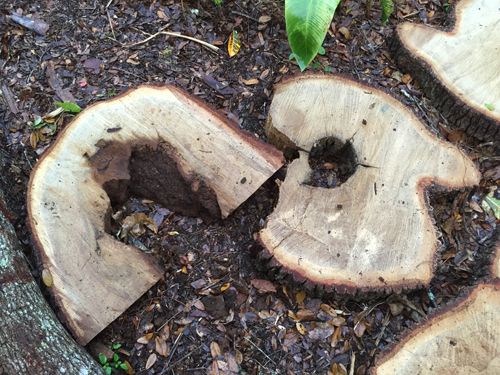
Teaching
Both before and after my graduate school experience at the University of Massachusetts (Amherst), I was committed to a life of full-time studio production. But during my three years at UMass I was teaching three courses a year for my graduate assistantship, and came to understand that teaching ceramics was what I was really supposed to do. My first full-time teaching position at Lebanon Valley College in Annville, PA followed immediately after the two years I spent living in the Caribbean, and the four years at LVC provided the critical training I needed in order to take the job of a lifetime – launching a brand new university in Ft. Myers, FL. The past eighteen years with Florida Gulf Coast University have never been boring, and building the Art Program at FGCU continues to be a challenging, fascinating, and deeply satisfying job. The students, the curriculum, and the ceramics studio are at the heart of this job, and I have had the unprecedented opportunity to design every course, purchase every piece of equipment, and with my faculty and staff colleagues, create a complete B.A. degree program in visual art that has clearly proven itself through the ongoing success of our students.
In addition to the introductory, intermediate, and advanced level courses in ceramics at FGCU, I have always sought to extend my students’ art education outside the curriculum through exposure to visiting artists, active participation in our exhibitions and gallery programs, regular hiring and training of ceramics studio assistants, pursuit of grant-funded research experiences, and off-campus trips to lectures, workshops, exhibitions and conferences. For the past four years small groups of students have traveled with me to NCECA, the annual conference for the National Council on Education for the Ceramic Arts, and in previous years I designed and led three memorable student study abroad projects to Nicaragua, Saint Lucia and Guyana to engage with heritage communities and exchange cross-cultural knowledge about the mysteries of clay. And for our local communities, we host an Empty Bowls event each year at the end of the fall semester to bring our campus together to help feed our neighbors in need.
Individual courses taught at FGCU:
- ART 2750 Ceramics 1
- ART 3762 Wheel Throwing
- ART 3768 Clay Sculpture
- ART 3781 Raku Ceramics
- ART 3782 Contemporary Ceramics
- ART 4928 Ceramics Workshop
- ARH 3670 Caribbean Art
- IDS 3332 Issues in Culture and Society: Travel and Tourism
- IDS 3305 Issues in Media, Literature and Arts: the Encounter Culture
Collaborative and team-taught courses at FGCU:
- ARH 2000 Art Appreciation
- ARH 2500 Survey of Non-Western Art
- ART 1203 Methods and Concepts II
- ART 2759 Introduction to Ceramics
- ART 4955 Senior Project
- IDS 3332 Issues in Culture and Society: Earth and Spirit
- IDS 4910 Integrated Core Senior Seminar
Faculty-led student study abroad programs:
- Nicaragua 2008
- Saint Lucia 2010
- Guyana 2013
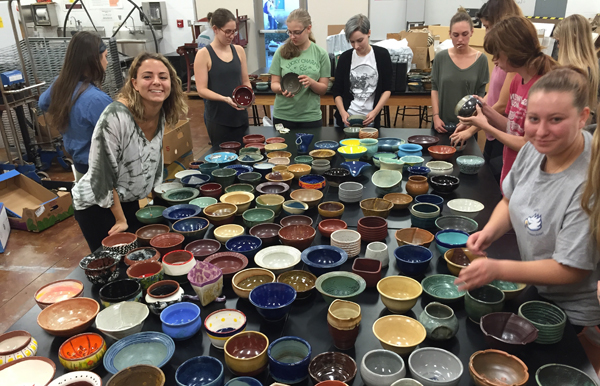
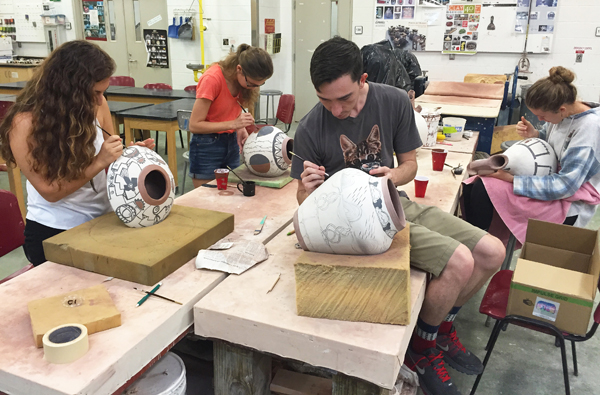

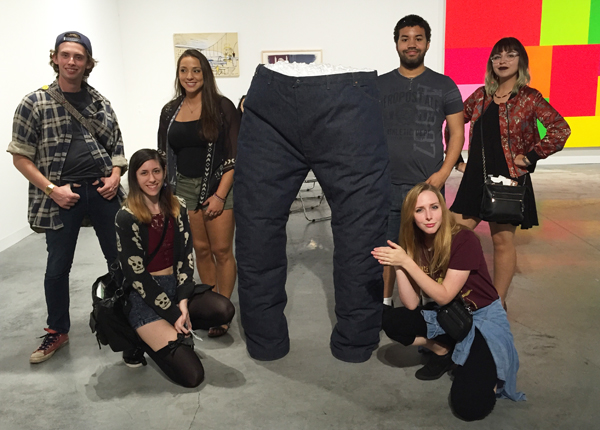
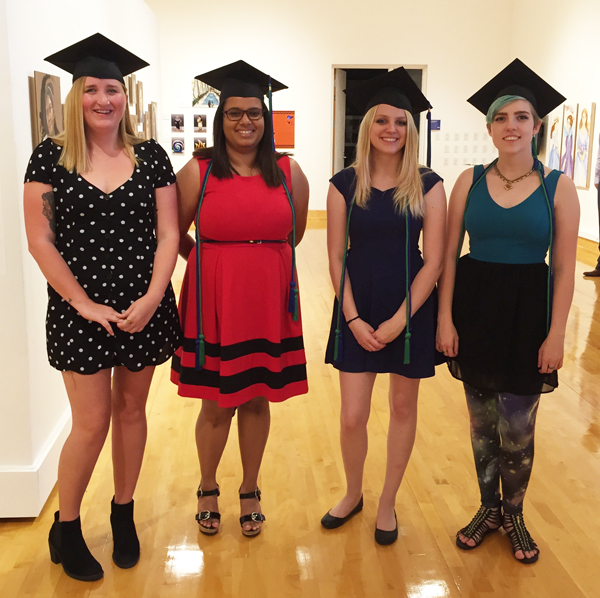
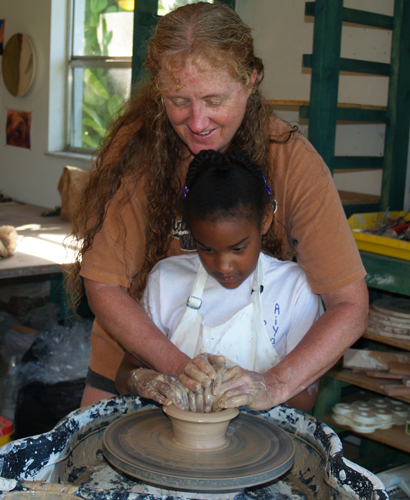
Travel
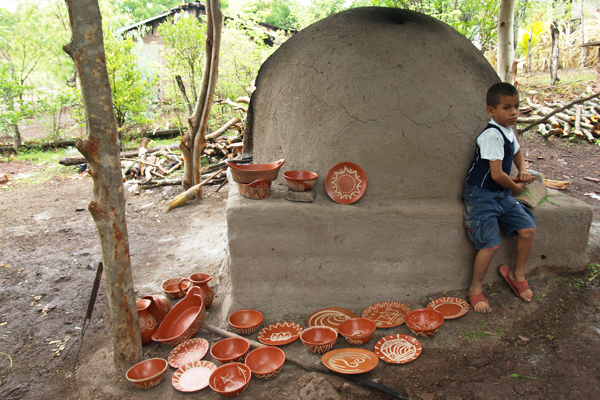
Nicaragua 2008
FGCU study abroad program in collaboration with Potters for Peace visiting multiple pottery cooperatives across northern Nicaragua to exchange ceramic knowledge and production methods

Australia 2009
Conference presentation at the Australian Ceramics Triennial in Sydney, plus amazing trips to the Red Center and the Northern Territories in Australia, and to the South Island of New Zealand

St. Lucia 2010
FGCU study abroad program with ceramics and environmental studies students exploring human/land relationships in the traditional craft community of Choiseul and in the evolution of the tourist industry
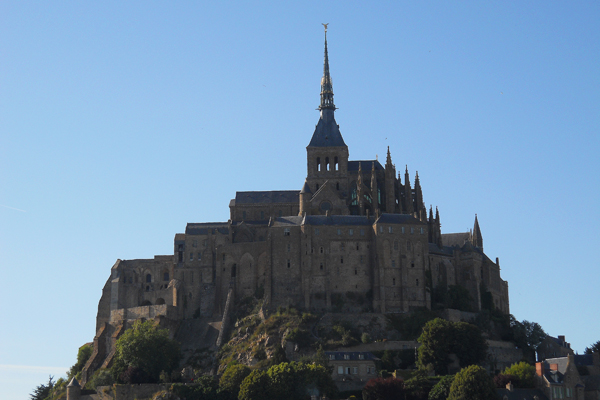
France/England 2011
European travel with Medieval art historian and faculty colleague Anne-Marie Bouché, includes Paris, Chartres, Brittany, the Channel Islands, Canterbury and London
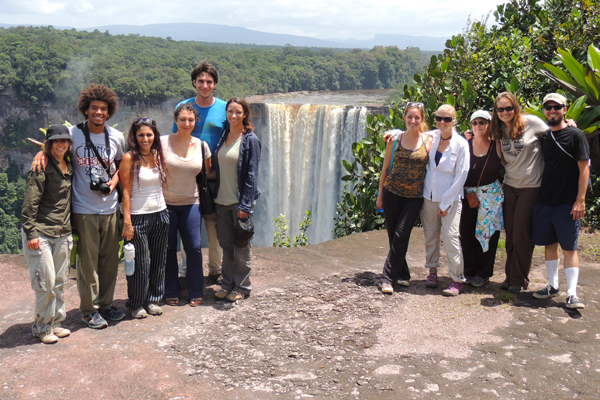
Guyana 2013
FGCU study abroad program in collaboration with Rupununi Learners connects art students with contemporary Macushi Indian village culture and the astonishing landscapes of this South American country
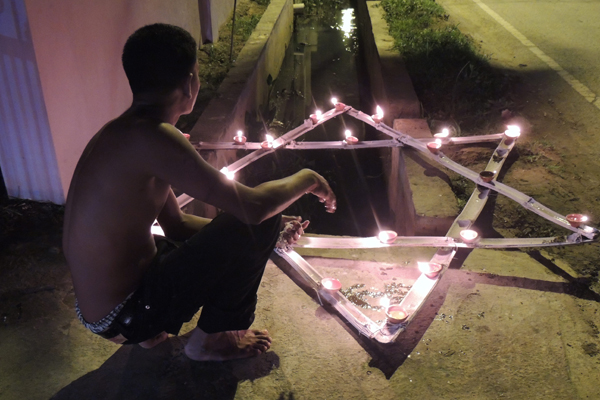
Caribbean Research 2013-2014
During my sabbatical year I traveled to Saint Lucia, Barbados, Nevis, Antigua, Jamaica, Trinidad and Suriname to update and expand research on heritage ceramics in the Caribbean as I began writing Creole Clay.